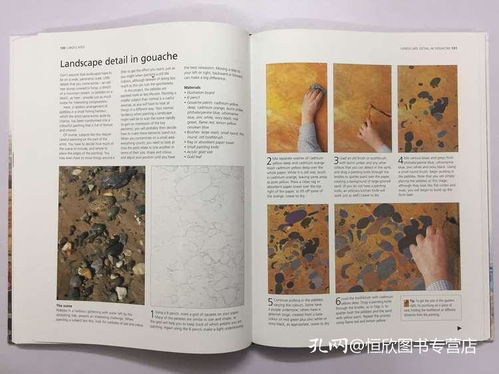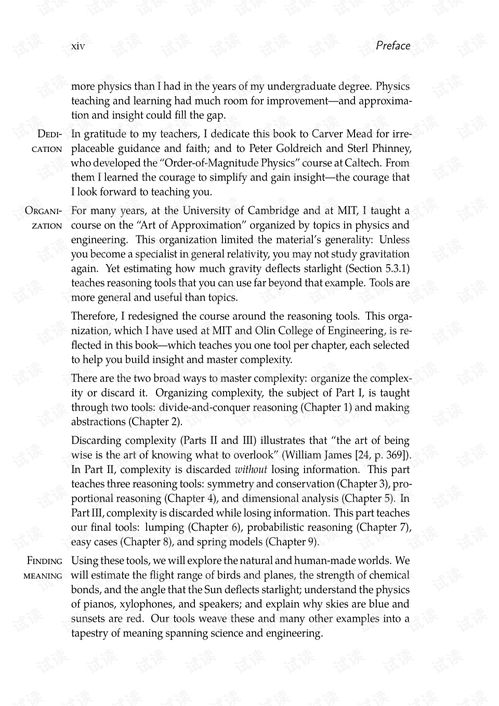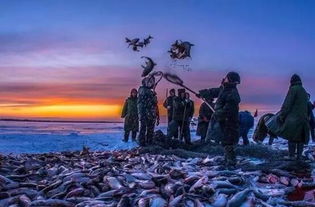Content:
Introduction: Fishing for mayfly fish, also known as mayflies, has gained immense popularity among anglers worldwide. These delicate and beautiful insects are a favorite among fly fishing enthusiasts due to their unique appearance and challenging nature. If you're looking to improve your mayfly fishing skills, look no further! In this article, we will provide you with a comprehensive video guide on how to fish for mayfly fish, focusing on essential techniques and tips to help you become a master angler.
Understanding Mayfly Fish: Before diving into the techniques, it's crucial to have a basic understanding of mayfly fish. Mayflies are a type of aquatic insect belonging to the Ephemeroptera order. They are known for their delicate wings and distinctive appearance. These insects undergo a fascinating life cycle, with the adult stage being short-lived, typically lasting only a few hours. Anglers target mayfly fish during their emergence, as they are highly susceptible to predation and provide an abundant food source for fish.
Equipment Selection: To successfully fish for mayfly fish, you'll need the right equipment. Here's a breakdown of the essential gear you'll need:
a. Rod and Reel: Choose a fly rod and reel suitable for mayfly fishing. A 9-10 foot, 5-6 weight rod is ideal for most situations. A compact reel with a smooth drag system is essential to handle the light tippets commonly used for mayfly fishing.
b. Fly Line: A fly line designed for mayfly fishing, such as a sinking line or a floating line with a long leader, is recommended. This allows you to present your fly at the correct depth and mimic the natural emergence of mayflies.
c. Leader and Tippet: A leader with a length of 9-12 feet, consisting of a fluorocarbon or monofilament material, is ideal. The tippet size should range from 6X to 10X, depending on the fish size and water conditions.

d. Flies: Mayfly fishing requires a selection of mayfly imitations, including emergers, duns, and nymphs. Use realistic patterns and colors that match the local mayfly species.
Casting Techniques: To effectively fish for mayfly fish, you need to master the art of casting. Here are some key casting techniques to consider:
a. Overhead Cast: The overhead cast is the most common casting technique used for mayfly fishing. Practice your casting to achieve a tight loop and accurate placement of your fly.
b. Roll Cast: The roll cast is useful when fishing in tight spaces or when you need to cover a longer distance. It involves a series of hand movements to create a loop in the line, allowing for precise placement of the fly.
c. Spey Cast: The spey cast is a powerful casting technique that allows you to cover vast distances. It is particularly useful when fishing large rivers or streams.
Entering the Water: Once you have your fly in the air, it's time to enter the water. Here are some tips to ensure a successful entry:
a. Timing: Wait for the perfect moment to make contact with the water. The key is to time your cast when the fly is at its highest point in the air, allowing for a smooth and natural entry.
b. Presentation: After your fly lands on the water, let it sit undisturbed for a few seconds. This gives the fish time to inspect the fly and become interested.
c. Retrieval: Use a slow and steady retrieval technique, mimicking the natural movement of mayflies. Avoid sudden or erratic movements, as they can spook the fish.
Tips for Success: To enhance your chances of catching mayfly fish, consider the following tips:
a. Study the hatch: Identify the mayfly species present in your fishing area and study their emergence patterns. This knowledge will help you choose the appropriate flies and techniques.
b. Adapt to changing conditions: Pay attention to water flow, temperature, and light conditions. Adjust your approach accordingly to match the fish's behavior.
c. Be patient: Mayfly fishing can be challenging and requires patience. Spend time observing the water and understanding the fish's movements before making a cast.
Conclusion: Mastering the art of catching mayfly fish requires practice, patience, and a deep understanding of the techniques involved. By following this comprehensive video guide, you'll gain valuable insights into casting, presentation, and fly selection. With time and dedication, you'll become a proficient mayfly fisherman, able to enjoy the beauty and excitement of this challenging pursuit. Happy fishing!












